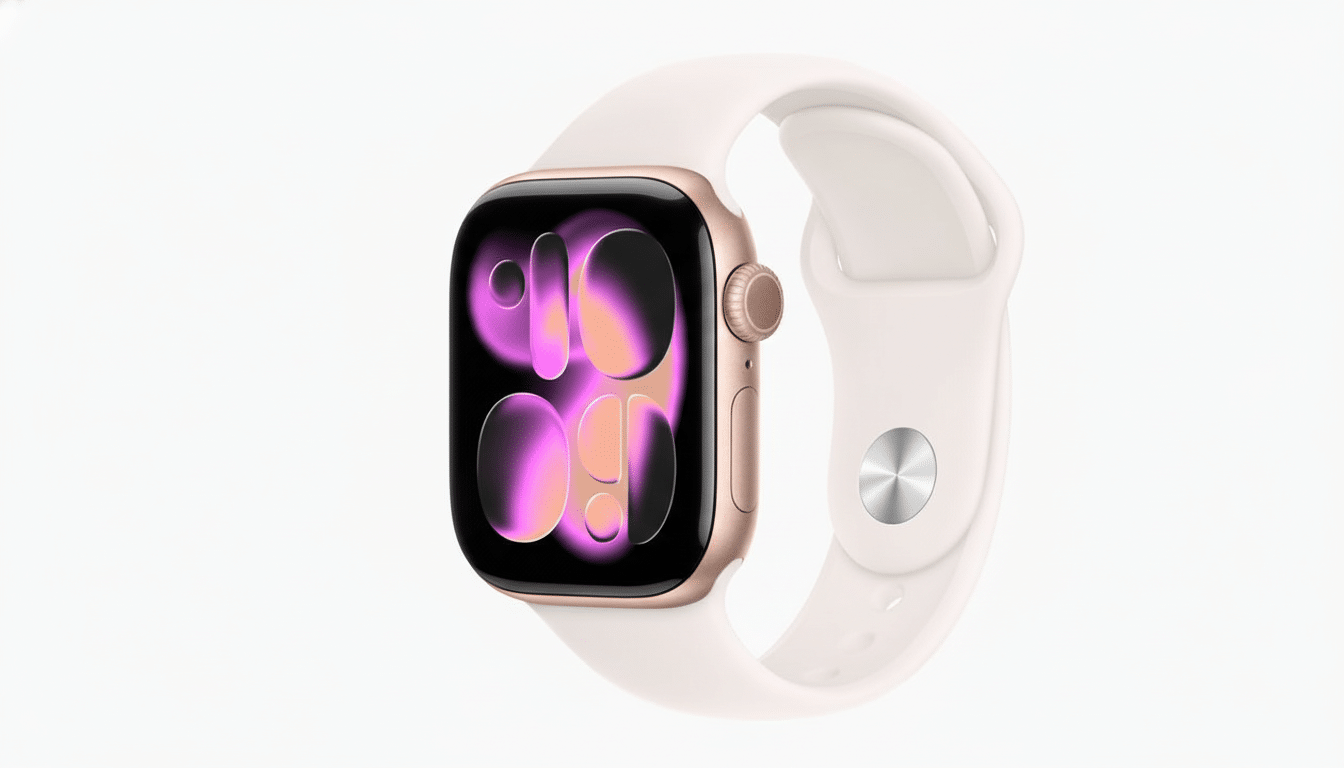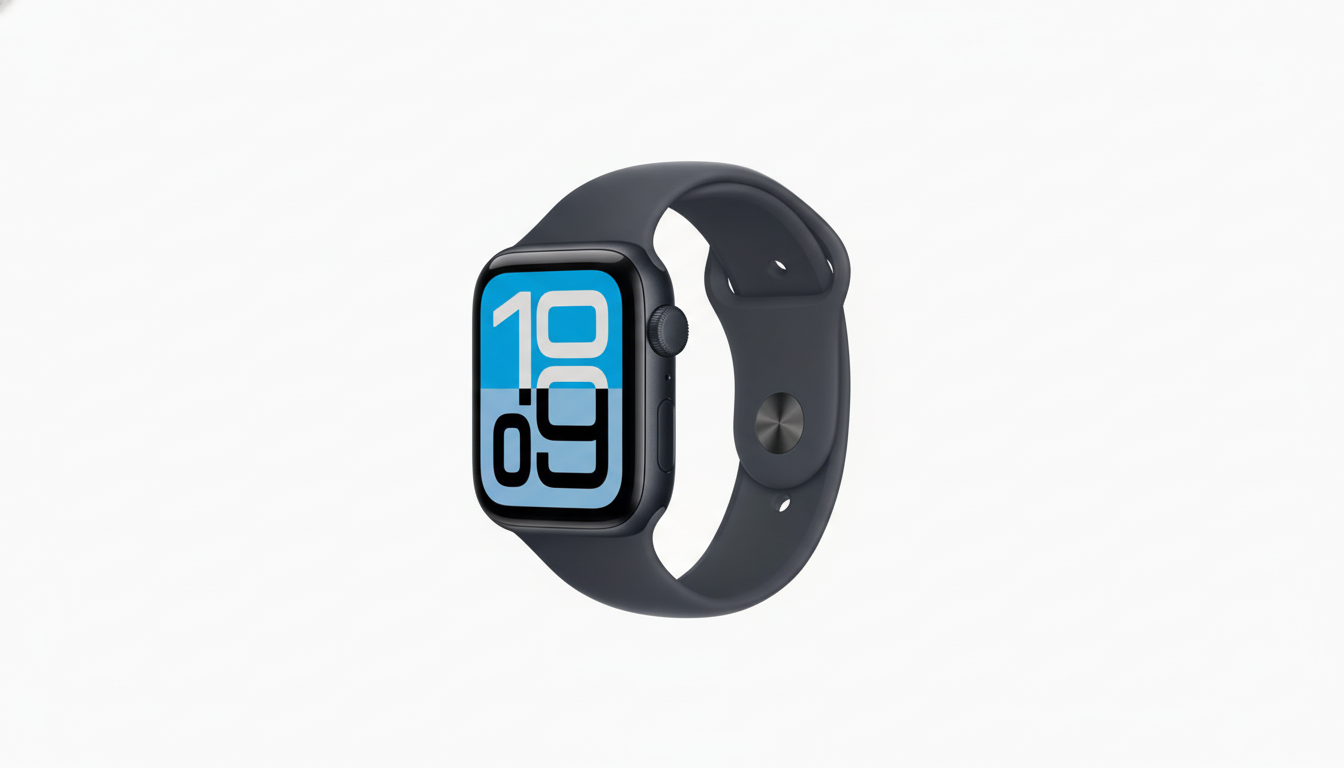A federal jury in California has ordered Apple to pay $634 million to a technology company called Masimo for infringing on one of its patents with the Apple Watch. The judgment focuses on how Apple briefly used some of the fitness and heart-monitoring features, making it one of the largest recent damage awards tied to wearable health tech.
Masimo called the ruling a vindication of its intellectual property, and Apple said it would appeal. Apple stressed that the sole patent under dispute expired in 2022 and applies to outdated patient-monitoring methods, maintaining that its products don’t incorporate Masimo’s inventions.

What the Jury Found About Apple Watch Features at Issue
Jurors found that Apple’s workout mode and its heart-rate alert had used, in its technology, material that was patented by the medical device maker Masimo for use in pulse oximetry, according to reports from Reuters and courtroom filings. Pulse oximetry calculates oxygen saturation by passing light through the skin and analyzing how the reflected signals change in response to blood flow.
The $634 million award is in lieu of all future infringement, not a continuing royalty or injunction. That distinction is important: In the wake of a patent’s expiration, remedies are directed at historical use, not potential future changes in products; however, the ruling could still influence related disputes.
The High-Stakes Battle Over Pulse Oximetry
Masimo, a longtime player in the hospital monitoring market, is accusing Apple of poaching staff — including its former chief medical officer — and using their know-how to build out the consumer feature. Apple has denied wrongdoing. The larger battle is a case study in the intersection of clinical-grade sensing and mass-market wearables, where algorithm development, sensor calibration, and signal processing are often at the heart of the IP war.
Running alongside the court battle, the U.S. International Trade Commission concluded in 2023 that several Apple Watch models violated Masimo’s intellectual property and issued an import ban for devices with functional blood oxygen measurement.
Apple subsequently has dispatched versions of the watch in which such capabilities were restricted, removed, or re-architected in certain markets.
Regulatory Backdrop and Apple’s End-Around
In a campaign disclosed this year, Apple debuted a redesign that shifts some of the SpO2 calculation off the watch and onto its paired iPhone. U.S. Customs and Border Protection permitted import of this type of device, resulting in Masimo suing the agency as Apple challenges the ITC ban at the Court of Appeals for the Federal Circuit. The dispute now involves district court, the ITC, CBP, and the appeals court — showing that patent wars in consumer electronics often involve legal as well as technical “design-around” strategies.

Dividing claim treatment across devices is a traditional way of getting away from claims directed to a specific configuration of a product. It can also muddy enforcement when the asserted claims relate to where and how calculations are performed, not just the high-level feature users see on screen.
What the Ruling Means for Apple and Consumers
Since the patent has expired, the verdict does not require any immediate changes to the Apple Watch. There is no question that Apple, which in recent filings reported annual revenue exceeding $380 billion, can absorb a $634 million judgment financially, but the award is significant for Masimo, whose business operates on a much smaller scale. For the wider market, the case is a reminder that marquee health features can come with substantial IP exposure — even when they are sold as wellness tools, not medical devices.
The ruling also comes amid a feature arms race in wearables. Health features such as SpO2, ECG, and irregular rhythm notifications have become important differentiators, analysts at Counterpoint Research and IDC said, adding that sensor accuracy and clinically credible signal processing are cornerstones to leadership in smartwatches.
What Comes Next in the Apple–Masimo Patent Dispute
Apple intends to contest the verdict with post-trial motions and, should those fail, at the Federal Circuit appellate court. Those proceedings can take months, if not longer, and potentially lead to changes in the damages figure. The ITC import ban and CBP dispute are meanwhile proceeding on parallel tracks, adding pressure to the product roadmap and Apple’s design-around strategy.
High-profile patent battles in consumer electronics often result in settlements after key rulings clarify risk, as has been the case with Apple’s past disputes with companies like Qualcomm. Whether Masimo and Apple reach an agreement ultimately will hinge on how the appeals shape the legal landscape surrounding pulse oximetry in wearables.
Why It Matters Beyond One Verdict for Wearables
This case exemplifies a wider trend: as consumer devices approach clinical capabilities, companies have to factor in not just oversight by regulators but also thickets of patents accumulated over decades from medtech incumbents. And for users, that can mean intermittent shifts to features or regional discrepancies as the legal and technical questions are sorted out. For the industry, it is a wake-up call that health innovation at scale rests as much on IP strategy as sensor engineering.

